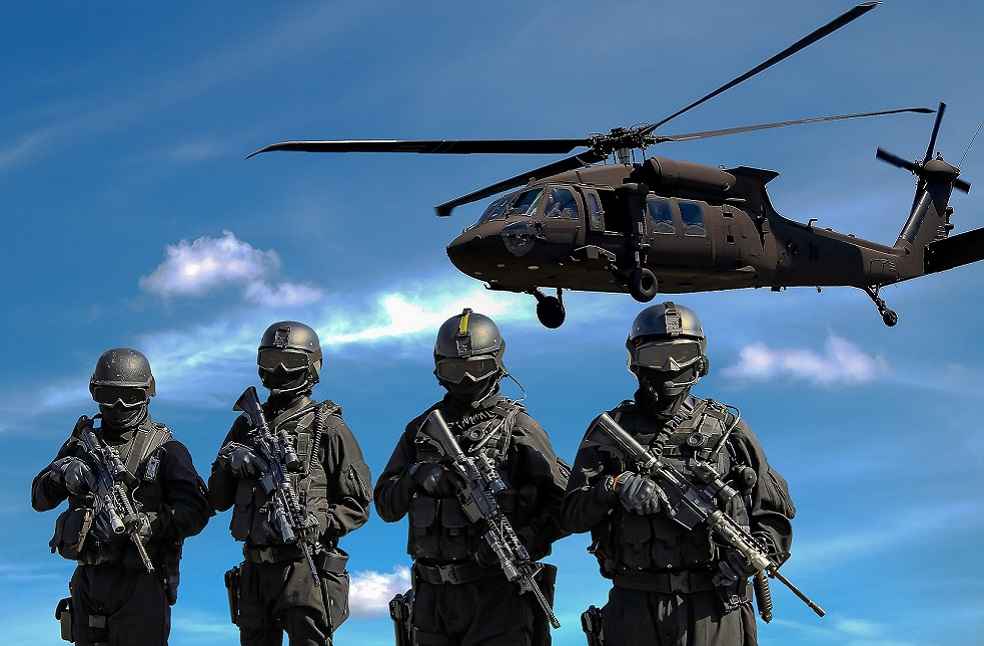Recent data from the Stockholm International Peace Research Institute (SIPRI) unveils a dramatic transformation within the global arms trade from 2019 to 2023. European states have significantly ramped up their arms imports, nearly doubling figures from the previous five-year period. Concurrently, the United States and France have expanded their shares in the global arms export market, whereas Russia witnesses a stark contraction in its arms export figures.
Approximately 55% of arms procured by European countries were sourced from the US, marking a notable jump from 35% recorded between 2014 and 2018. This trend not only highlights the pivotal role of trans-Atlantic relations in European arms procurement strategies but also emphasizes Europe’s robust contribution to global arms exports, driven by its formidable military-industrial complex. SIPRI Director Dan Smith reflects on the myriad factors influencing NATO members’ reliance on US arms, suggesting potential shifts in procurement policies with changing trans-Atlantic dynamics.

The US has reinforced its position as the preeminent arms exporter globally, with a 17% increase in arms exports and an enlarged share from 34% to 42% of total global arms exports. The country has extended its arms supply to 107 nations, surpassing any previous records and other exporters by a significant margin. Mathew George of SIPRI’s Arms Transfers Program notes the strategic augmentation of the US’s role as an arms supplier amidst challenges to its economic and geopolitical dominance.
France, ascending to the position of the second-largest arms exporter, witnessed a 47% surge in its arms exports, largely propelled by deals involving combat aircraft to nations like India, Qatar, and Egypt. Katarina Djokic, a SIPRI researcher, underscores France’s strategic capitalization on global demand to bolster its arms industry.
Conversely, Russia’s arms exports plummeted by 53%, with a notable reduction in the diversity of its client states. The data reveals a swift decline in Russia’s position in the arms export hierarchy, contrasting sharply with the increased arms imports by European states and the expanding influence of the US and France in the global arms market.

Ukraine’s ascent as the primary arms importer in Europe and the fourth globally underscores a burgeoning demand for military assets on the continent, partly fueled by escalating security concerns and the quest for advanced air defense systems amid Russia’s missile campaigns.
Globally, Asia and Oceania remain the largest arms import regions, albeit with a slight decrease. The US has surpassed Russia as the chief arms supplier to this region, indicating shifting power dynamics and growing concerns over China’s regional ambitions among US allies.
The Middle East maintains high volumes of arms imports, chiefly from the US and Europe, against a backdrop of regional conflicts and geopolitical tensions, with Saudi Arabia and Qatar emerging as key importers.
AEROSPACE AND DEFENCE | US Halts 28 Houthi Drones, Shields Key Trade Lanes in Red Sea



